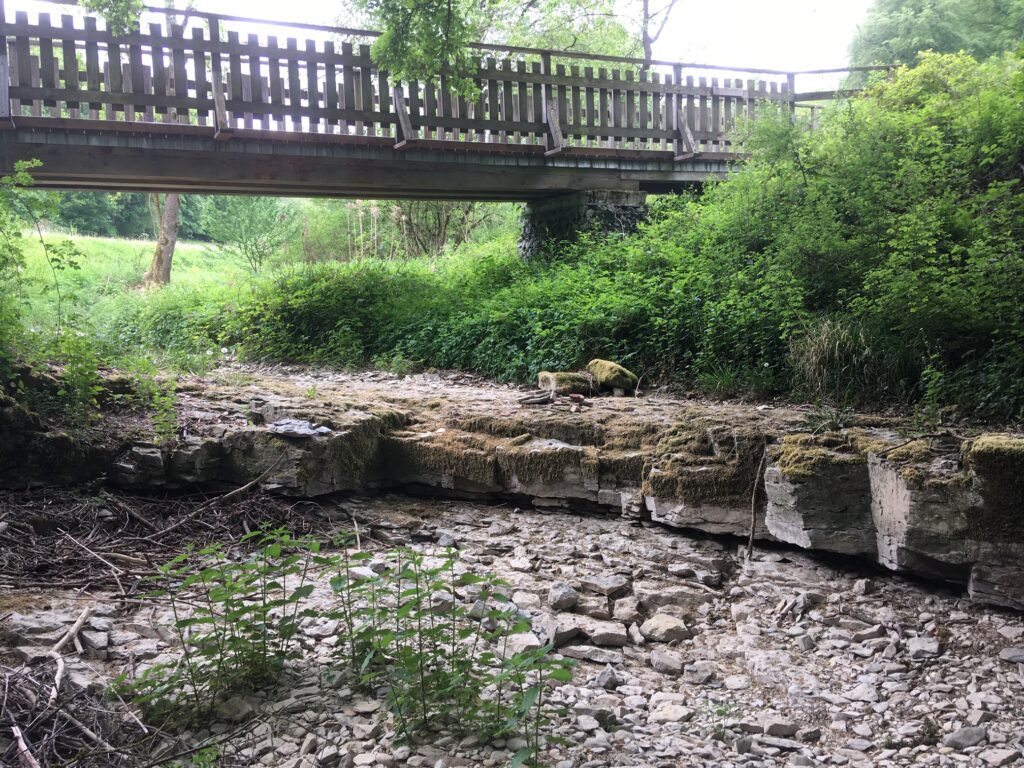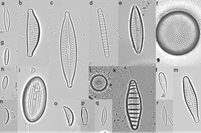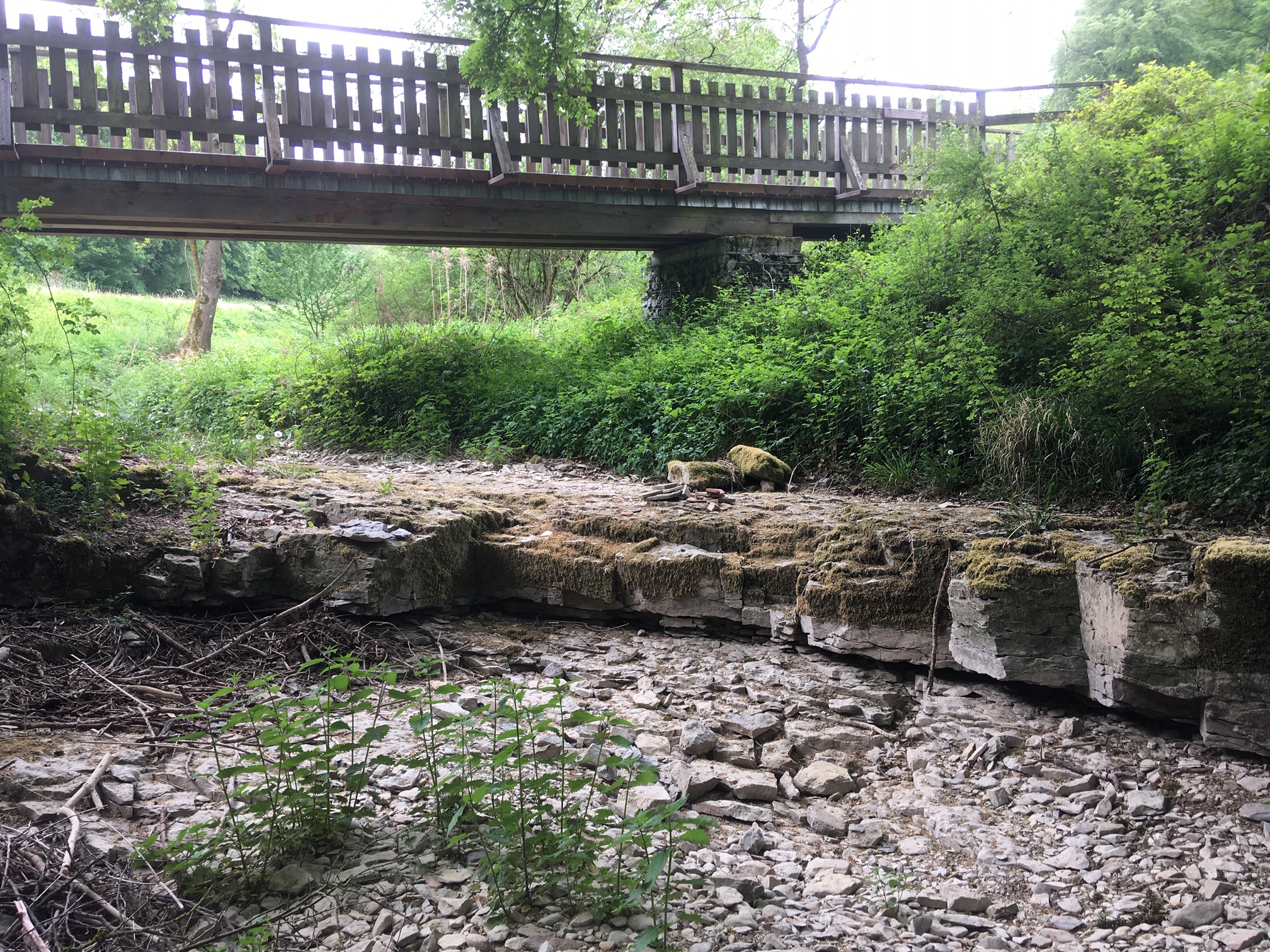Temporary rivers
Temporary rivers, also known as intermittent rivers and ephemeral streams (IRES) are important ecosystems which are only now coming into focus. In naturally continually (deserts) or temporarily hot (e.g. Mediterranean climate) dry riverine ecosystems, the lack of precipitation affects the river hydrology – the river dries up. An interesting variation on this theme is the case of karstic rivers, which only have surface water if the groundwater levels are high enough to create a flow. Here the temperature of the environment is less important.
This in turn affects the organisms inhabiting these ecosystems, as drought can affect all which depend on water: fish, macroinvertebrates (insects and insect larvae) and freshwater algae, in which diatoms have a very important role.

Diatoms
Diatoms are a type of microscopic algae which have an ornate glass “exoskeleton”, known as a frustule. This petri-dish shaped casing contains the diatom cell. The frustule armour can help the cell to avoid or at least reduce predation by macroinvertebrates.

Diatoms have an interesting feature, some of them have developed a mode of transport using a slit-like opening (raphe) on each face (known as valve), through which a movement apparatus can extrude. So diatoms can move quite quickly in a very small range. If you put a drop of water from a creek or lake, you can see them zooming past!
Another interesting feature is their impressive capability to make photosynthesis. Diatoms are so good at it (their cousins of the oceans make 25% of the oxygen that we breathe), that they create “too much” sugar, which is derived into a mucilage, also called exo-poly-saccharide (EPS). With the help of bacteria, this EPS helps diatoms to create an extra layer of slime on themselves to avoid being taken by the current. You will have most certainly have experienced them if you have ever been in a river and found or slid on some very slimey cobbles.
Temporary rivers and diatoms
Due to the combination of their EPS and their glass shells, diatoms are able to be resilient when it comes to drought. The mucilage still captures moisture and permits that some cells maintain a minimum of activity. The study of the exact effects of drought on diatoms can give us an idea of how climate change may affect the important riverine ecosystems that might be affected not only in hotter climates, but also in temperate ones.
My aim is to study how the lack of flow will influence diatom communities and all of their characteristics. I am studying the effects of drought in a Mediterranean climate on the functional traits of diatoms. In contrast, I am looking forward to characterizing diatoms found in a temperate karstic river (Menne, Paderborn, Germany) and compare the effects. The results may help to design appropriate management options for the future.
